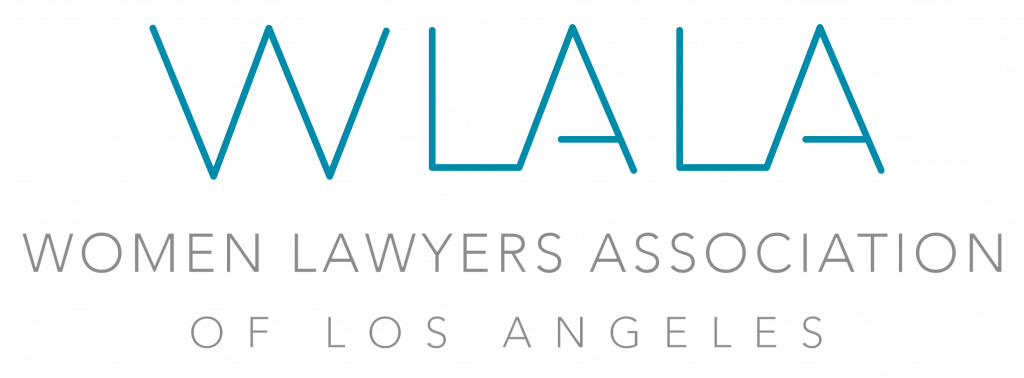18 LinkedIn Profile Tips for Lawyers
by: Lisa Elkan
February 2019
As a legal marketing and public relations consultant and the founder of Lisa PR (www.LisaPR.com), attorneys often tell me that they don’t get new clients or cases from online searches. They tell me their work is too sophisticated for referrals of that nature. I often have to explain that the first thing potential clients and referral sources do when they receive a business card or word-of-mouth referral is Google them.
Thus, both your website and LinkedIn profile are important tools for branding yourselves and your firms. In fact, LinkedIn is oftentimes a person’s first impression of you, so it is imperative that you wow them with an amazing profile.
Many attorneys know that LinkedIn is good for them, but they don’t understand why or how it works. I am here to tell you, first hand, that LinkedIn can, and will, help you grow your business and your personal brand, if you use it properly. I have retained at least five clients in the past year through my LinkedIn profile alone.
According to the ABA’s 2018 Technology Report, firm use of LinkedIn exceeds every other social media platform. Since LinkedIn is among the most popular social networks for lawyers, it’s essential that you utilize your account to the fullest.
Here are 18 recommendations for you to put to use today:
#1 – Headline
Make sure your name and title are consistent with your website. This is how people are going to find you. Do you use a middle initial? Are you a certified family law specialist?
#2 – Photo
Statistics show that people respond well to photos. In fact, according to LinkedIn, “profiles that include a profile image receive 14x more views.” Upload an up-to-date professional photo. Don’t use a photo that is 20 years old, a model shot with hair blowing in the wind, something blurry or anything that doesn’t present you in the best possible light. If you can get a professional headshot taken, even better!
#3 – Cover Photo
LinkedIn offers its members the ability to add a background image which LinkedIn calls a cover photo. Take advantage of this feature by adding a firm photo, photo from a speaking engagement, or something else relevant and eye catching.
#4 – Contact Info
What’s the use of having a great profile if someone doesn’t know how to get a hold of you? Include all of your contact information, including your phone number, address, website address, Twitter account, etc. Under the websites section, you can include up to three (i.e., website, blog, [1] etc.). Make sure to customize the label for each website, in order to be more descriptive, instead of just “website”.
In addition, further down on your page is a category titled, “Advice for contacting (your name here).” Make sure to include the best way to contact you, whether it’s your cell phone, work phone, etc.
#5 – Summary
These days, less is more, and attention spans are short. Include a well-drafted and concise summary about yourself and your practice with everything a potential client needs to know about you (without having to read your entire profile). This should be written in the first person.
# 6 – Completion
Take the time to complete your entire profile. LinkedIn has a feature called “Add a section to your profile” located underneath the contact information box near the top of the page. This feature suggests any categories that you may be missing and/or that could improve your profile (i.e., work experience, education, skills, certifications, organizations, associations, publications, speaking engagements, volunteering experiences, courses, patents, and more).
Make sure that your skill section is up to date. You can list up to 50 and they should be prioritized with the most important skills at the top of your list. Make sure that your skills reflect what your potential clients are searching for in an attorney. These skills will show up on your connections’ profiles asking them if they wish to endorse you for that particular skill.
#7 – Utilize LinkedIn’s Profile Strength Meter
Use LinkedIn’s “Profile Strength meter” and the suggestions LinkedIn provides to create a powerful LinkedIn page. According to LinkedIn, once the meter is full and all the prompts are complete, you’ll receive an All-Star profile rating and the profile strength meter will no longer be displayed on your profile.
#8 – Recommendations vs. Endorsements
I always say, “If you don’t toot your own horn, no one else will!” If you are comfortable with the idea, ask satisfied clients, former employers, peers, etc., for recommendations of you and your work. You can also have an assistant or marketing consultant request recommendations from clients for you. Recommendations sell you so that you don’t have to.
Recommendations are not the same thing as endorsements, which are akin to “likes” on Facebook and don’t hold nearly as much weight. Endorsements are for the various skills that you’ve listed in the skills section of your profile (i.e., litigation, intellectual property).
#9 – Media
LinkedIn allows members to upload relevant media to their profiles (i.e., documents, photos, links, videos and presentations). Consider adding firm videos, firm photos, certificates, etc.
#10– Be Personable
Include a few of your interests. Why is this important? Sometimes people will contact you because they share a love of the same activity or are a member of the same organization. In general though, this is like adding an interests section to your resume; it makes you look like a real person where common interests might be found.
#11 – Groups
Join LinkedIn groups that have potential clients or referral sources for you (i.e., alumni groups, bar associations). Participate in these groups by responding to discussions, or starting discussions that are relevant to your field. Make yourself known as an expert by adding value, as opposed to selling yourself. Not only will this give you a name in your community, but it will likely drive people to your website or blog, if applicable.
# 12 – Updates
·How often should you post? You should be posting several updates per week[2] .
·When should you post? Statistically, the best time to post is in the morning.
·What should you post? Your updates should be about your professional accomplishments, victories, upcoming events, speaking engagements, and/or articles relevant to your practice area.
·What should you never post? Never post controversial or negative statements. Also, refrain from over-posting or people will not read your posts. Basically, use common sense.
TIP: Try to include a photo or video with your post since information is more likely to be seen when it includes a visual.
#13 – Hashtags
Hashtags aren’t just for Twitter anymore. Use hashtags in your posts and articles on LinkedIn to ensure your post is found in relevant searches. Help others find you through your hashtags.
#14 – Custom URL
Instead of having a generic URL, click the edit button to the right of your URL (underneath your photo) and follow the instructions to create a URL with your name, firm name, Esq., etc. For example, my URL is: http://www.linkedin.com/in/lisaelkan/. This will make your profile easier to find, and also boost your overall Google presence.
#15 – Connections
Do you accept the connection request or not? There is no need to accept requests from everyone, but if you think it could be a potential client or resource, go ahead. LinkedIn shows you if you have connections in common, which may make you feel more comfortable and more likely to engage in a relationship with a person you don’t know. The reason to keep adding connections is that every time you post an update, you show up in your connections’ news feeds, keeping you at the top of their minds.
TIP: Remember to personalize your invitation to connect with another professional. (e.g. I enjoyed meeting you at the networking breakfast this morning and I’d like to connect with you on LinkedIn”). This helps the person to remember you and also encourages them to accept your invitation.
#16 – LinkedIn Company Page
If you have your own firm, you should also create a company page. Use this page as another profile page for your firm. It will also help you to be found in LinkedIn company page search engines.
#17 – Privacy
Get to know your privacy settings. Here are some examples of items you can customize:
·Do you care if the public (i.e., opposing counsel) can see all of your LinkedIn connections? If so, you can hide your connections.
·Do you want people to be able to see if you’ve viewed their profile, or do you prefer to remain anonymous?
·Do you want to notify your network of the updates you make to your profile (or not)?
·Make sure that your profile is visible to the public (otherwise no one can find you).
#18 – LinkedIn Mobile App
Install the LinkedIn app on your mobile device so that you can easily and efficiently make updates on the go.
I hope I’ve motivated you to improve your LinkedIn profile or to create one. For questions or comments, please contact me at LisaElkanPR@gmail.com and connect with me on LinkedIn at https://www.linkedin.com/in/lisaelkan.


